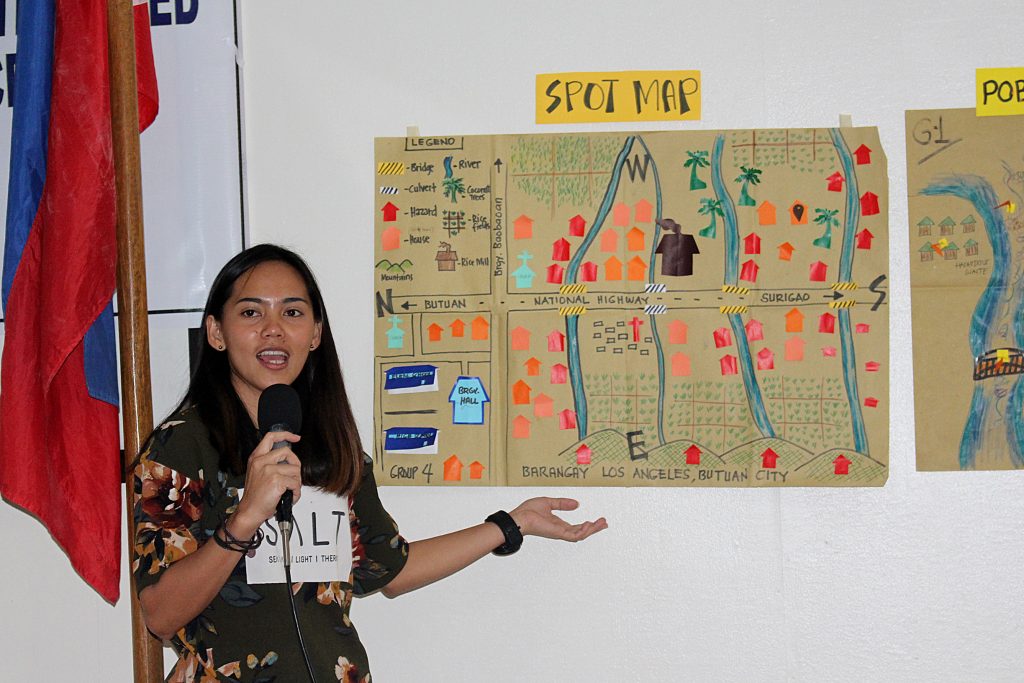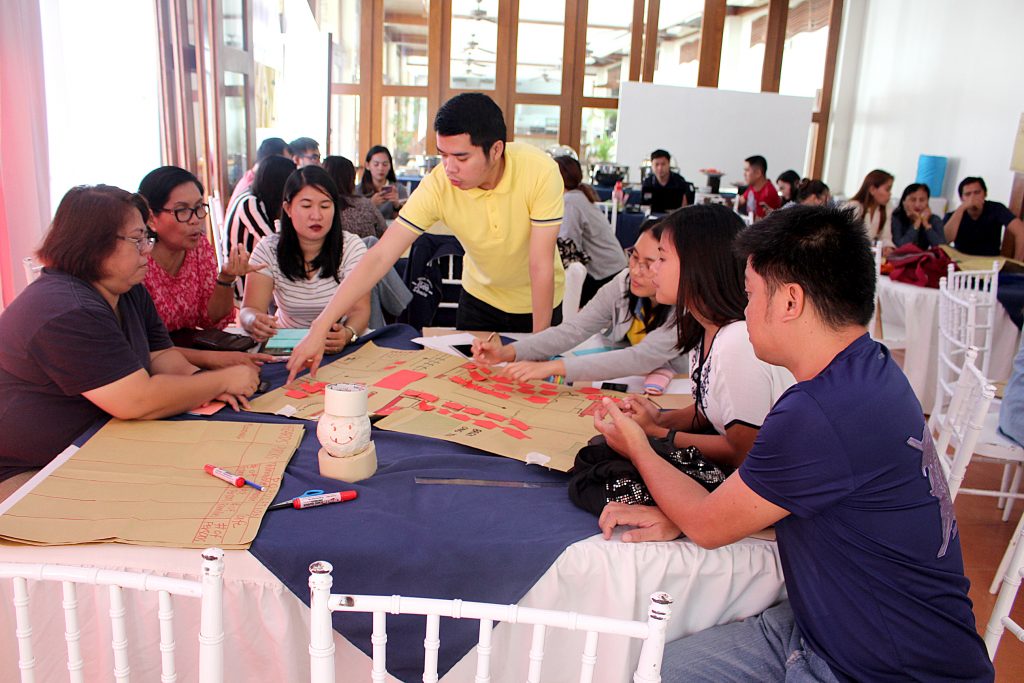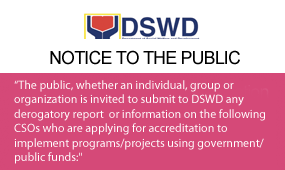| SURIGAO CITY- Being the lead agency for Disaster Response, the Department of Social Welfare and Development (DSWD)-Caraga, through the Disaster Response and Management Division, strengthened disaster preparedness of its internal staff through capacitating them with preventive measures on reducing the severity of the effect of disasters in the family and in the community. The three-day Training on Family and Community-Based Disaster Preparedness (FCBDP) on February 6-8, 2019 at Almont Hotel, Lipata, specifically aimed to discuss the disaster management and importance of family survival and security; articulate the basic concepts on family and community disaster preparedness; and formulate next activities for the popularization of FCBDP. With the belief that the family and the community are both responsible for their safety and resiliency during disaster, the Department deemed the necessity for its own employees to undergo trainings to become effective and efficient technology provider in their respective areas of assignment along family and community-based disaster preparedness. |

The goal of the disaster preparedness is to lessen the impact of disasters on vulnerable populations and to design a coordinated plan that reduces the waste of resources, time, and efforts.
On the first day, Republic Act 10121 or known as the Philippine Disaster Risk Reduction and Management Act of 2010 was discussed by Learning and Development Section Head Eval B. Makinano. It is a law that strengthens the Philippine Disaster Management System, provides the National Disaster Risk Reduction and Management Framework, and institutionalizes the NDRRM Plan.
Overview of hazards was also discussed where the participants were able to identify hazards affecting the families and communities as well as their adverse effects and causes.
DRRS SWO II Angel Bert C. Casimilio lectured on Family Disaster Preparedness and emphasized the importance of family security and safety when disaster or emergency strikes. He also asked the participants to list down all the items needed during disaster and answer the assessment form based on their family’s preparation.

Participants identify and assess the hazard found in Brgy Ong Yiu, Butuan City.
On the other hand, participants prepared a Hazard Map, a tool that allows community members to identify graphically the vulnerable members of the community who are put at risk during the discussion on Participatory Disaster Risk Assessment. It was emphasized during the discussion that knowing the possible hazard that may occur is important so that families can strategize and prioritize reducing the level of risks that the community has to face.
Lastly, Early Warning Systems was highlighted during the last day of the training. It gave participants basic knowledge and understanding of community-based early Warning Systems and Communication Protocol.
With this, all participants are expected to cascade the knowledge on disaster preparedness to their own families and communities. ###(ABEGAIL R. ALVAREZ/Social Marketing Unit/DSWD Field Office Caraga)

The participants with their certificate after completing the 3-day training.


